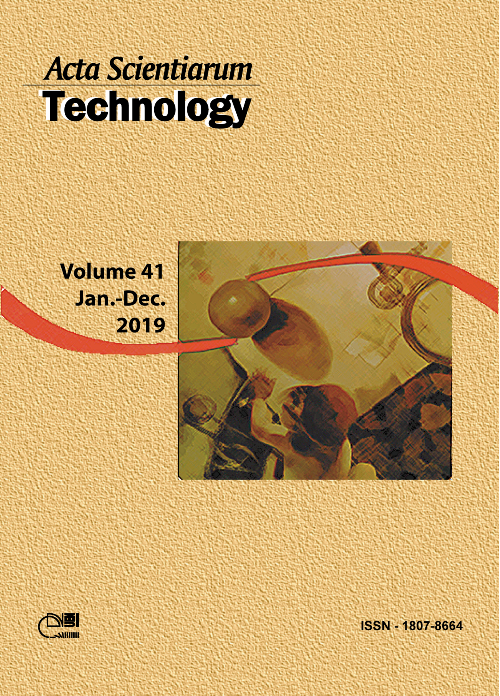Comparative study of software for road geometric design
DOI:
https://doi.org/10.4025/actascitechnol.v41i2.36959Keywords:
road geometric design, softwares, earthwork.Abstract
This study compared the results obtained in developing a highway geometric design through the use of the softwares TCP-MDT, AutoCAD Civil 3D and TopoGRAPH. For this, the results were compared taking into account the technical recommendations of the National Department of Transportation Infrastructure (DNIT). The parameters evaluated were: modeling with contour lines; horizontal layout; vertical layout; superwidth; superelevation; and earth moving calculation. In the digital modeling, small differences were found in the contour, both in the mesh and the final product. There was no difference in the results for the horizontal layout between softwares. For vertical layout, there was a slight difference in the terrain profile possibly caused by the digital modeling of the programs. In superwidth, TopoGRAPH and TCP-MDT were the ones that best met the Brazilian standards. To calculate the superwidth, the best results were found with AutoCAD Civil 3D and TCP-MDT. Besides, there were small differences between the respective land volumes computed by the softwares, which may have larger magnitude for a project with greater longitudinal extension. Therefore, it is concluded that the choice of the software can affect since the technical parameters until the planning of the work, with implications on the overall cost.
Downloads
Downloads
Published
How to Cite
Issue
Section
License
DECLARATION OF ORIGINALITY AND COPYRIGHTS
I Declare that current article is original and has not been submitted for publication, in part or in whole, to any other national or international journal.
The copyrights belong exclusively to the authors. Published content is licensed under Creative Commons Attribution 4.0 (CC BY 4.0) guidelines, which allows sharing (copy and distribution of the material in any medium or format) and adaptation (remix, transform, and build upon the material) for any purpose, even commercially, under the terms of attribution.
Read this link for further information on how to use CC BY 4.0 properly.











8.png)




